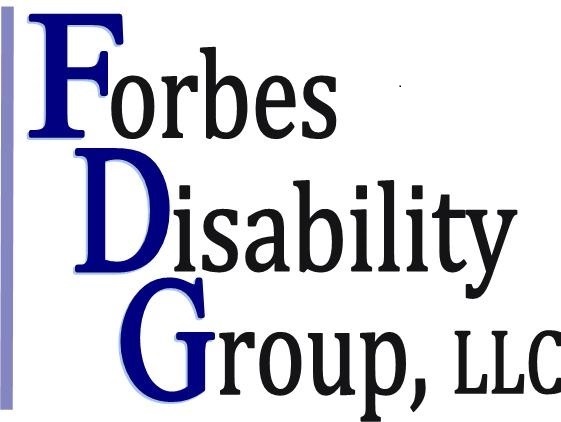“As to migraine pain generally, the National Institute of Health’s National Institute of Neurological Disorders and Strokes explains:
The pain of a Migraine headache is often described as an intense pulsing or throbbing pain in one area of the head. . . . [T]he International Headache Society diagnoses a migraine by its pain and number of attacks (at least 5, lasting 4-72 hours if untreated), and additional symptoms include nausea and/or vomiting, or sensitivity to both light …and sound. . . . Migraine is three times more common in women than in men and effects 10 percent of people worldwide. . . . People with migraine tend to have recurring attacks triggered by a number of different factors, including stress, anxiety, hormonal changes, bright or flashing lights, lack of food or sleep, and dietary substances. . . .
There is no absolute cure for migraine since its pathophysiology has yet to be fully understood. . . .
http://www.ninds.nih.gov/disorders/migraine; see The Merck Manual at 1376 (17th Ed. 1999).” Blevins-Bryant v. Colvin (SD Ohio 2015).

Recent Comments